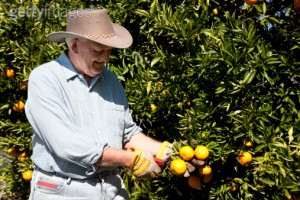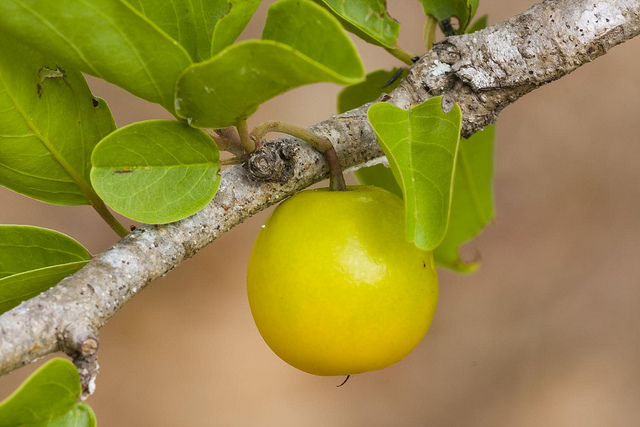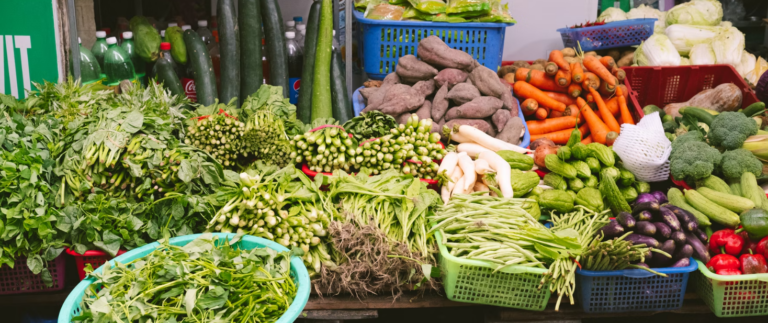Australia Business in China: Export of Australian fruit in China
Australia’s first shipment of apples to China was on July 29th, 2014, and that should suggest the nature of Australia’s fruit exports to China. Southern Tasmania apple growers Scott Brothers sent 210 packets weighing 18kgs each, after long and arduous negotiations regarding fruit flies, a key obstacle. They report that delivery and distribution went perfectly, and they expect to provide more next season. Their success is a significant milestone for fruit exports to China, but Australia remains a very small player in the Chinese market.
Australian fruit exports to China are relatively tiny
In 2011, Australian fruit and vegetable exports to China accounted for roughly A$12 million, placing it near the bottom of the list of Australia’s main exports. While companies like Australia Summerfruit exported roughly 5,000 of fresh fruit in 2008 to 2011, with 50% of it going to Hong Kong, mainland China barely accepted any imports. The Chinese government has promised the 9 year negotiations for a Free Trade Agreement with Australia will be resolved by the end of this year, which could give Australian fruit growers a significant advantage, but this does not address the low general demand for Australian produce.
Why are Australian fruit exports to China so low?
 Apple and Pear Australian Ltd. CEO John Dollisson insists that Australian apples are in high demand in the high-end fruit market, but of China’s 2012 fruit imports, apples made up 2% of total volume. One of the main problems facing fruit exporters are the stringent requirements the Chinese government has put in place on imported fruits. At the moment, Australia can legally export citrus, mango, cherries (which Chinese growers are eager to export more of), apples and table grapes, with a permit for summer fruits currently in negotiations. Even with permits, the long transits to Chinese ports require costly heat treatment (and/or in-transit cold storage). Furthermore, a long-standing point of contention has been the presence of Australian fruit flies, which the Chinese government considers an unacceptable pest.
Apple and Pear Australian Ltd. CEO John Dollisson insists that Australian apples are in high demand in the high-end fruit market, but of China’s 2012 fruit imports, apples made up 2% of total volume. One of the main problems facing fruit exporters are the stringent requirements the Chinese government has put in place on imported fruits. At the moment, Australia can legally export citrus, mango, cherries (which Chinese growers are eager to export more of), apples and table grapes, with a permit for summer fruits currently in negotiations. Even with permits, the long transits to Chinese ports require costly heat treatment (and/or in-transit cold storage). Furthermore, a long-standing point of contention has been the presence of Australian fruit flies, which the Chinese government considers an unacceptable pest.
Another factor explaining the low demand is that China is a major fruit producer itself, providing for most of the fruit demand domestically. It’s estimated that China produces 30% of the world’s fruit. In 2012, it produces 220 million tonnes of fresh fruit. Despite exporting only 3 million tonnes of this harvest, it is ranked the 7th largest exporter worldwide. Its primary markets are neighbouring countries such as Thailand, Malaysia, Japan, Russia, the Philippines and South Korea, as well as Hong Kong. As a major exporter, China’s produce overwhelms Australia’s in volume; while Australian fruit holds the edge in quality, the Chinese domestic demand is not high enough to justify the cost required to overcome obstacles in establishing a significant presence in China’s fruit market. Chilean and Peruvian fruits have seen an increase due to their relative cheapness and favourable government relations.
Australian fruit industry experts suggest that the demand is, however, growing. As the Chinese government pushes for a healthier national diet, interest in alternative fruits it currently isn’t growing domestically in significant quantities, such as avocados, could be the foothold Australia needs to push in. At the moment, leveraging the superior Australian quality, food safety standards and shelf life is not sufficient.
Bananas, dragon fruit and durian
China does import significant amounts of certain fruits; in 2012, 22% of all fruit imports was bananas, 16% was dragon fruits and 14% was durian. The first two fruits come primarily from the Philippines and Vietnam, respectively. Both have since seen a significant drop in imports in the face of recent diplomatic tensions. Just as China is seeking to capitalize on Russia’s new demand for fresh fruit, Australia could capitalize on the strained relations with the Philippines to encourage China to import more of its bananas, a major Australian product. However, relations between Australia and China, recently strained by public comments from government officials, make this an unlikely path.
The establishment of a Vietnamese-owned dragon fruit “mega-farm” in the Northern Territories may suggest a bright future for Australian product of the fruit, and a related interest from Chinese importers. While avocados may prove a valuable export further down the line, at the moment, Australian producers are having a difficult time trying to convince Chinese consumers to pay for (and the government to allow imports of) more expensive, high-end Australian apples, pears and citrus fruits. As the Chinese consumers’ personal income and product standards develops, this may change.
SOURCES:
https://www.abc.net.au/news/2014-06-25/apples-to-china-restricted-by-fruit-fly/5548882





